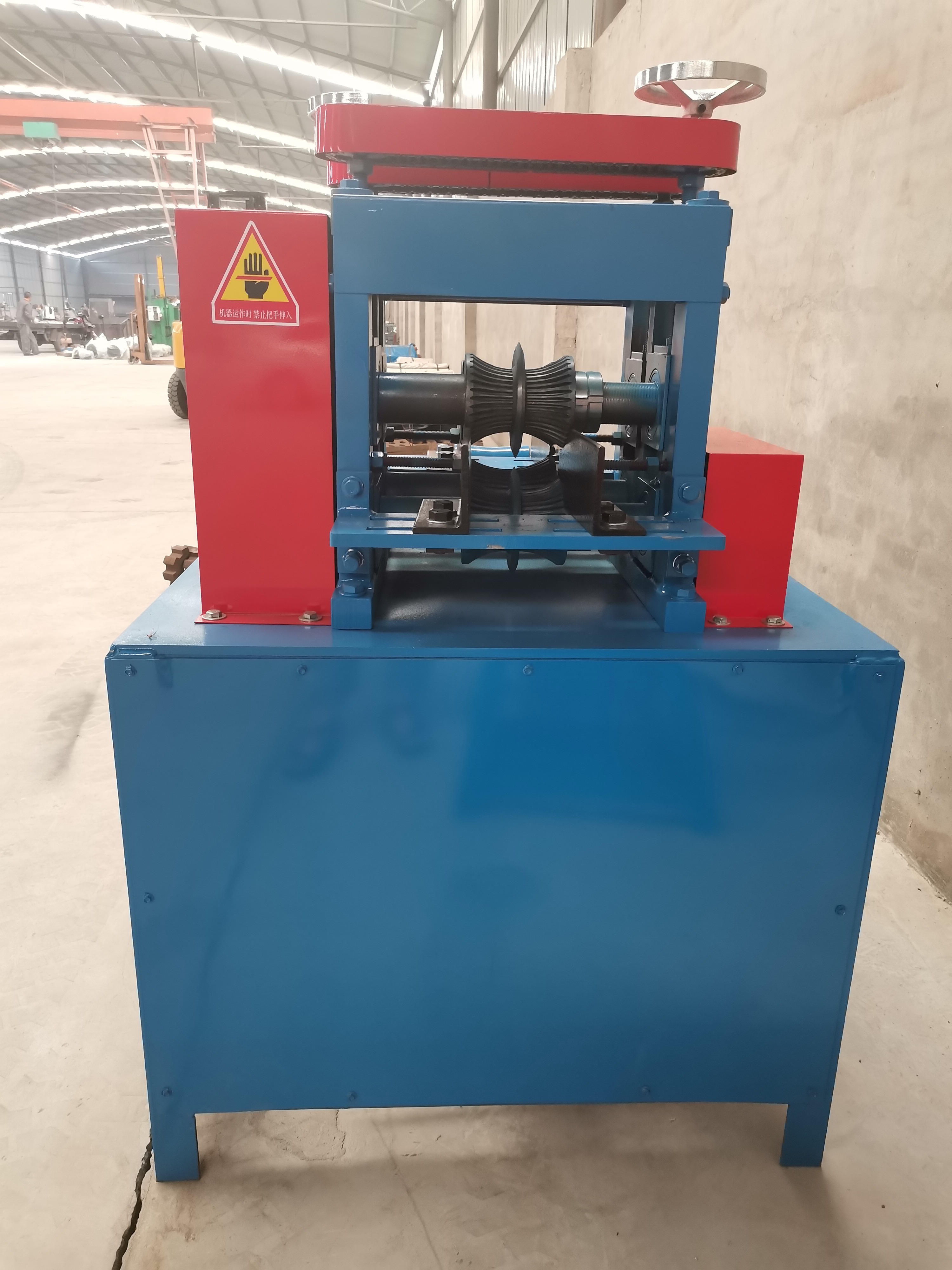

Oct . 31, 2024 05:14 Back to list
How to Recycle PCB Boards A Comprehensive Guide
Printed Circuit Boards (PCBs) are essential components in electronic devices, providing the foundation for electronic circuits. However, with the rapid advancement of technology, obsolete electronics are discarded more frequently, leading to significant environmental concerns. Recycling PCB boards not only helps in reducing waste but also recovers valuable materials and components. Here’s a comprehensive guide on how to recycle PCB boards effectively.
1. Understand the Importance of Recycling PCBs
PCBs contain a variety of materials, including metals like copper, gold, and silver, as well as non-metallic substances such as fiberglass and plastic. Recycling PCBs can reduce the environmental impact associated with mining and processing new materials. Moreover, it minimizes landfill waste and decreases the risk of hazardous substances leaching into the environment.
2. Collection of PCB Scraps
Before you can recycle PCB boards, you need to gather them. This can be done through various avenues
- Home Electronics Old devices like computers, smartphones, and televisions contain PCBs that can be collected. - Local Recycling Centers Many recycling facilities accept electronic waste, including PCBs. - E-waste Collection Events Communities often host events where residents can drop off unwanted electronics for recycling.
3. Preparation of PCB Boards for Recycling
Once you’ve collected PCB boards, the next step is preparation
- Remove Non-PCB Components Before recycling, it’s essential to remove any non-PCB elements such as plastics, batteries, and other metal parts. This can help in reducing contamination during the recycling process. - Clean the Boards Ensure that the boards are free from dirt and other contaminants.

4. Choose a Recycling Method
There are several methods for recycling PCBs. The choice will depend on the scale of recycling and the intended outcome
- Mechanical Recycling This involves crushing and grinding the PCBs to separate metals and other materials. This method is often utilized by large-scale recyclers. - Chemical Recycling This technique uses chemical solutions to extract valuable metals from the boards. While it can be highly effective, it requires specialized knowledge and handling due to the chemicals involved. - Thermal Recycling This method involves incinerating the boards to recover metals, but it must be approached with caution to avoid releasing harmful gases.
5. Find Certified E-Waste Recyclers
To ensure responsible recycling of PCB boards, it’s crucial to work with certified e-waste recyclers. These businesses adhere to environmentally friendly practices and regulations, ensuring that the materials are processed correctly and safe for the environment.
6. Consider DIY Recycling for Hobbyists
For those interested in DIY electronics and recycling, there are methods to recycle PCBs at home. Small amounts of valuable metals can be recovered using safe home chemistry methods, provided proper care is taken.
Conclusion
Recycling PCB boards is an important step in managing electronic waste and reducing environmental pollution. By understanding the recycling process, collecting and preparing boards, choosing the right recycling method, and working with certified recyclers, you can contribute to a healthier planet. Embracing recycling not only conserves resources but also fosters a sustainable future for technology and the environment.
Latest news
Troubleshooting Common Eddy Separator Problems
NewsJul.04,2025
The Role of Metal Recycling Plants in Circular Economy
NewsJul.04,2025
The Impact of Recycling Line Pickers on Waste Management Costs
NewsJul.04,2025
Safety Features Every Metal Shredder Should Have
NewsJul.04,2025
How Industrial Shredders Improve Waste Management Systems
NewsJul.04,2025
How Cable Granulators Contribute to Sustainable Recycling
NewsJul.04,2025